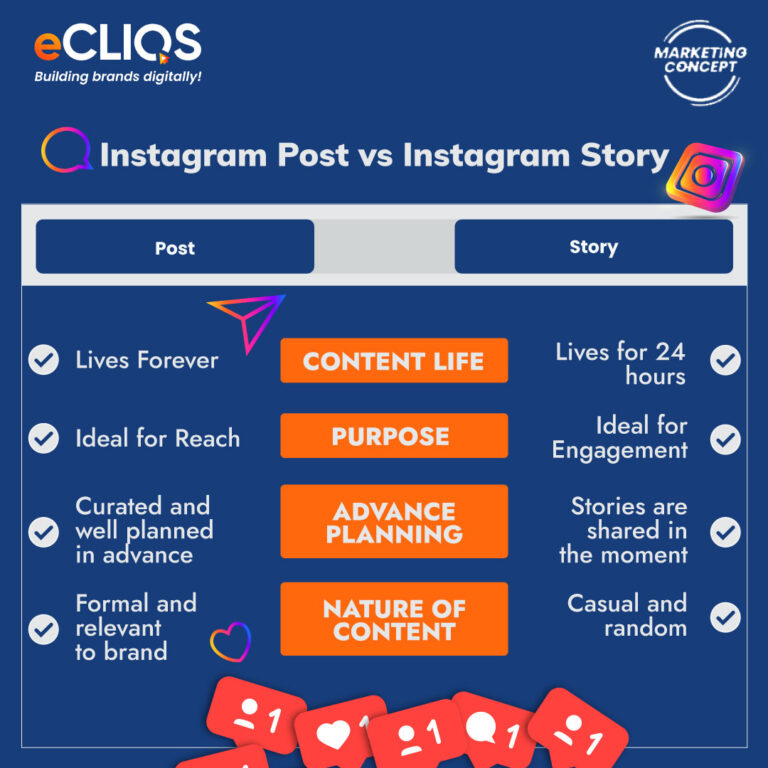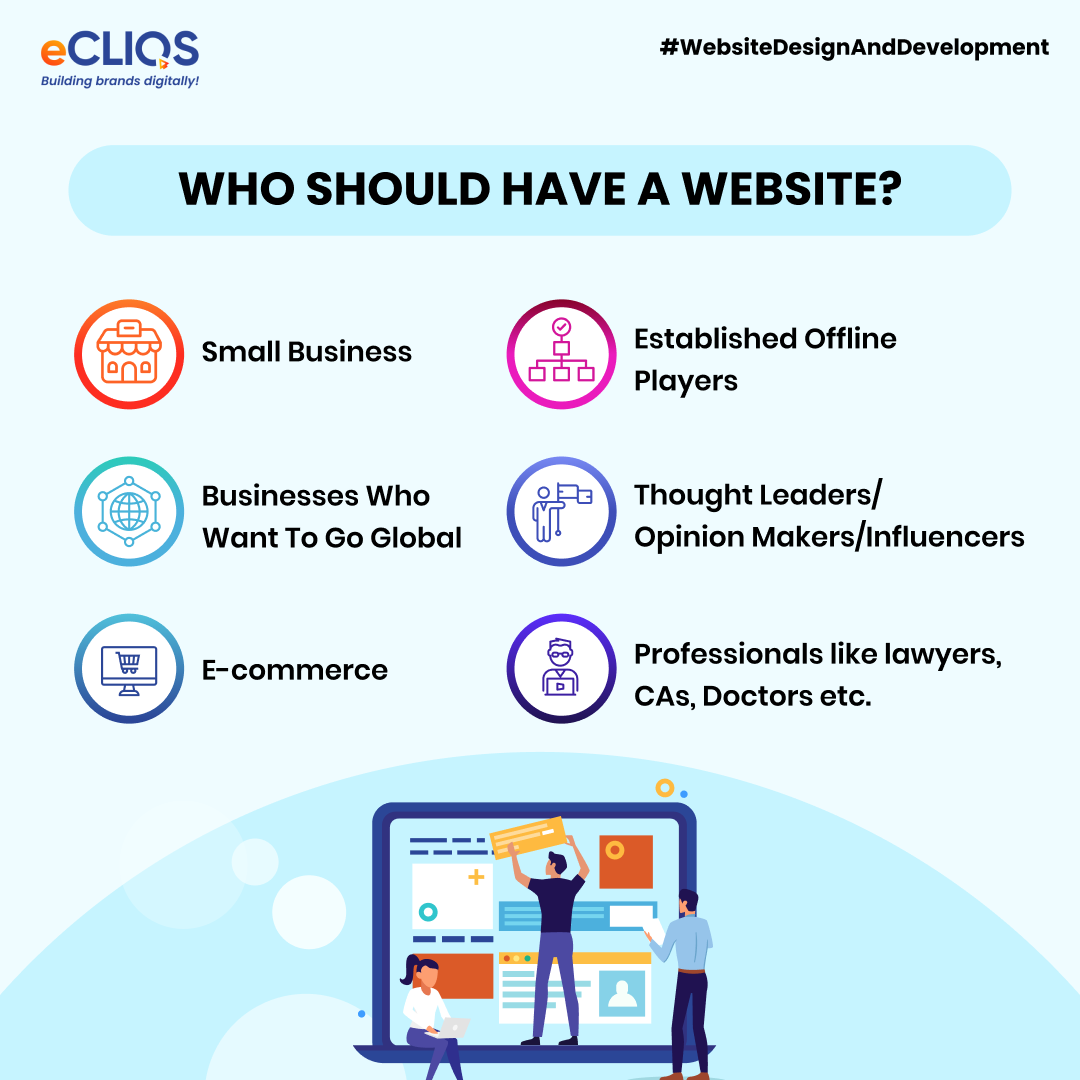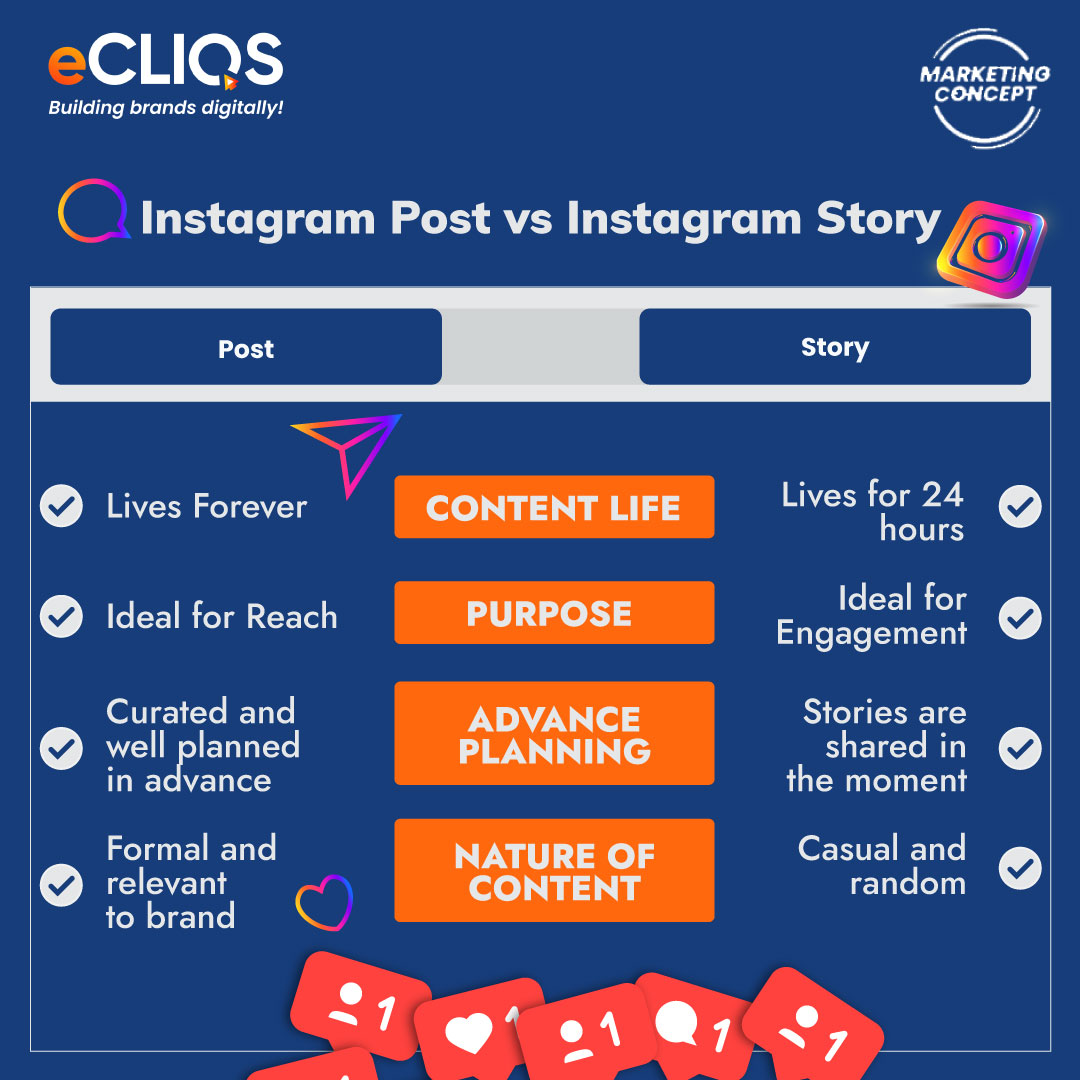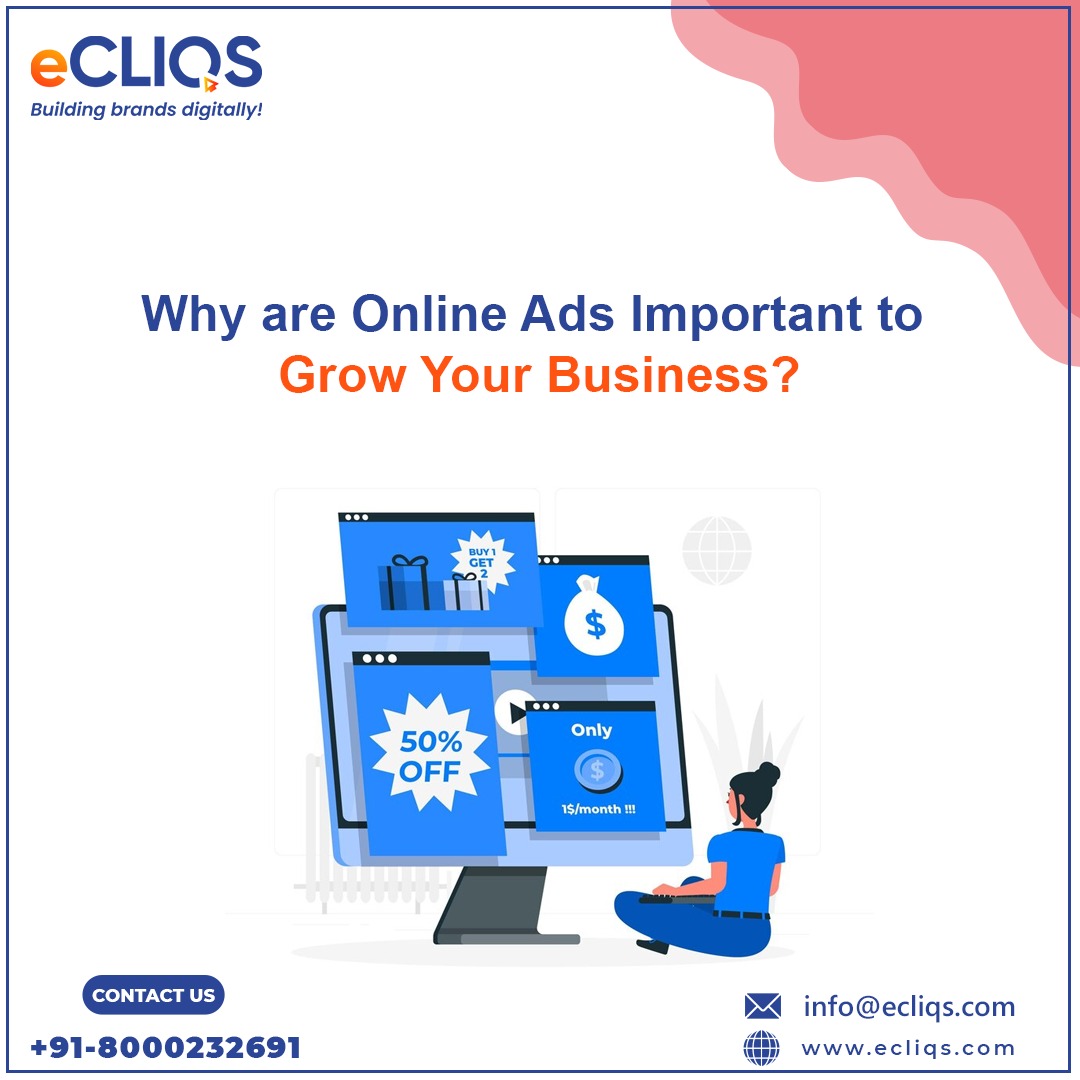Top 6 things important for SEO
People make more than 3 million searches on Google in a second, not to say about other search engines on any given day. More than 65% of searches are done on Google. Being on the front page of Google is important to land to your website/webpage. SEO is what makes it possible.
What is SEO?
SEO- Search Engine Optimization is the process of ranking high on a search engine in the unpaid results (organic listings). SEO enables an increase in the quality and quantity of traffic through organic search engine results. SEO improves the visibility of a site to increase its visibility for search results. Pages where SEO is done correctly, are more likely to draw attention and attract the user.
Organic search results are important to enhance a website’s performance. It also acts as a critical parameter in the buyer funnel, ultimately getting users to complete a conversion or engagement. Implementing a quality SEO helps deliver better information to the search engines so that it can be indexed properly and ranked in a better position.
What makes a quality SEO? Readout to know the top 6 things important for SEO.

1. Secure Website
Over 50% of Google’s front page organic search results feature secure websites. Websites having HTTPS – Hypertext Transport Protocol Security are better for ranking. HTTPS websites are secure and include a 2048-bit key that can protect the site connection through authentication and encryption. Secure sites. Users also prefer landing on secure websites over non-secure sites.
Secure websites offer encryption, ensuring that their identities are safe and information won’t be stolen. Data integrity is another benefit that a secure website offers, implying that the files will not get corrupted when transferring. Thus both the user as well as search engine give importance to website security. SEO done on a secure website fetches better results than SEO done on a non-secure website.
2. High Website Loading Speed
When it comes to accessing content on the internet (or even otherwise), people tend to derive results as quickly as possible. Website loading speed, therefore, is highly crucial to implement a quality SEO. Google has made page speed an essential ranking factor, which means that pages with better loading speed will be better than pages with a slower speed. The website loading speed can also affect things indirectly.
Slower loading pages can increase the bounce rate. It also affects the user experience. The user might not come back to your site, which can decrease the page views and conversions. A website with a high loading speed will, in turn, help in having a better user experience, increasing page views, increasing conversions and lowering bounce rate.
3. User-Friendly Interface
SEO is what brings the user to the site, and the User Interface makes him stay and visit back again. User Interface creates the first impression. It focuses on ensuring that the user has easy access to the website, whether it’s navigating through content, searching relevant content etc.
A user-friendly experience can help in retaining the customer. Not only that, it enables a lower bounce rate and higher conversion rate. A user-friendly interface also helps in gaining customer engagement. It is therefore important for SEO as it can contribute to the performance of websites on search engines.
4. Optimized Content
Optimized content focuses on ensuring that the content is audience-centric and involves unique content, keywords, meta titles, meta descriptions, backlinks etc. The content needs to be created and optimized as per SEO standards and needs, and optimized content can help gain visibility.
Without optimization, the content is just one of the millions of articles on the internet. Small practices such as writing optimized content title can help in achieving quality SEO.
5. Links To Social Media Platforms
Having links to social media platforms helps in increasing brand awareness. An increased brand presence will enable more branded searches on Google over time, making it easier to rank on branded keywords.
It also helps in content promotion as platforms like Facebook, LinkedIn, Twitter, and Instagram can be crawled by Google, which also helps link-building and boosted engagement through organic traffic. Driving engagement and click-through can impact SEO factors like website traffic, content engagement and backlinks.
6. Business Contact Details
Contact Details or Google calls it NAP- Name, Address, Phone Number are important for SEO. It acts as a huge Google ranking factor in local search results and Google Maps. Business details help build credibility towards users and search engine—loyal customers on a website help improve the page metrics leading to better search engine optimization.
These are the six crucial but not limited website necessities for better search engine optimization on-site. Our team of professionals can help you in optimizing your website for the top pages of SERP. Get in touch today!
Join us on Social Media:
Instagram | Facebook | LinkedIn
References:
SEO Made Simple: A Step-by-Step Guide (neilpatel.com)
What is SEO? Search Engine Optimization In Plain English (backlinko.com)
SEO Basics: A Beginner’s Guide to SEO (wordstream.com)
Internet Live Stats – Internet Usage & Social Media Statistics
Who should have a website and why?
While the world walks the digital pathway, it has never been more important to have a digital address for your business. What comes out as a surprise is that 46% of small businesses don’t have a website yet, 12% are unlikely to create it, and 10% are unsure. The Internet has completely changed the way one looks at the world. Today, 6/10 customers expect brands to have a website. No doubt, a website makes a business more credible and acts as a one-stop to drive customers, increase visibility, and offer service/products/ideas.

Now the question arises who should have a website and how can it benefit you? Readout to find!
1. Small Business
Having a website is highly vital for small businesses to market their product/service. It helps them in building credibility for their business. The website can offer small business a broader target audience, even at a global level, that is too cost-effective. The website also provides the industry with an online portfolio, which gives an edge to the business. While most small businesses consider a website an expense, it is a one-time investment for a business. In the longer run, it helps in gaining reputation, revenue and audience.
2. Established Offline Players
As much as it is important for new fish to build a website, online established players- the big fishes, also need to have an online presence through a website for their business. Having only an offline presence limits the reach of the company. It devoids the industry from reaping online benefits in terms of a broader audience, building brand credibility, having a competitive edge and more. Unlike offline business, which follows limited work hours, a website is there for the audience 24/7. The website also offers flexibility to the business as well as lead to operate from anywhere. The lead can learn about your business from the comfort of their drawing room without physically checking out your offline store. The website provides established offline players with a new dimension of growth.
3. Businesses Who Want To Go Global
Digitalisation has made the world a global village. Businesses have grown many folds by going online. Expanding business overseas through a website helps to reach a wider audience. It can help in making the products/services available to less saturated markets and acquiring new customers. Thus, a well-optimised website can make a strong global presence, ensuring that it gets the best out of going international. Taking your global business increases the brand’s reputation and visibility offers new audiences and boosts sales. It also gives a competitive edge by making it a more attractive proposition.
4. Thought Leaders/Opinion Makers/Influencers
Having a website is not only limited to those who have a product or service to offer. It’s equally important for those who have an opinion, idea and lifestyle to share and present to others. The website gives them a platform to share their ideas and, in turn, build a community of like-minded people. The website provides the thought leaders, opinion-makers, or influencers with a platform to share their views, but it also helps them reach a broader audience. It helps them in building themselves as a brand.
5. E-commerce
The customer is the King. He makes sure that he gets the best product at the best value, which makes him hunt for products, look out for alternatives and compare prices online and offline before purchasing. Building an e-commerce website for your business helps in drawing the attention of the customer. It offers them a place to look out for the product and other products you offer. Website makes the selling process quicker and easier. It caters to a larger audience, anytime, anywhere. The website can also provide the customer with drop reviews, which increases the credibility of the business.
6. Professionals like lawyers, CAs, Doctors etc.
Having a website is not only limited to businesses. It is equally important for professionals like lawyers, doctors, counsellors, chartered accountants etc. The website can make it easier for clients to reach out to you. It acts as a credibility tool. It helps in listing down the services you offer along with your experience and work ethics. The website can also help you in sharing your expertise and business developments.
From small business to professionals, a website is a must for one and all. It caters to the different prerequisites of the individual or company. As the world becomes more digital with each passing day, having a website has become the need of the hour. Website is undoubtedly an asset to the entity.
References:
5 Ways an eCommerce Website Can Improve Your Business (squareup.com)
How to Brand Yourself as a Thought Leader (neilpatel.com)
9 Reasons Your Offline Business Must Have an Online Presence (thebalancesmb.com)
21 Benefits of a Website for a Small Business | Mountaintop Web Design
The 8 Benefits of Having An E-commerce Website in Today’s Business Scenario – QualDev
Are you looking to have a website? We are there for you.
Our professionals can help you build a modern and attractive website with utmost importance to user experience, SEO, ease of use and technical details to help you stand out and grow! From a simple website to a professional e-commerce site, we got you covered.
Join us on Social Media:
Instagram | Facebook | LinkedIn
Instagram Post vs Instagram Stories: How To Make Use Of Both
Instagram is undoubtedly one of the most used social media platforms. The social media giant has made it to one of the world’s most popular social media apps. The application is expected to cross over 2 billion active users by 2023. Instagram Marketing has also been highly prominent, with more than 60% of the world’s top brands using Instagram for marketing their products and services.
The platform offers different features to engage- Feed Posts, Reels, Stories, Highlights, IGTV, Live, Guides. Making the best use of all the options makes a profile stand out, and a business to get the best leads/interactions. In this blog, let’s look at the difference between Instagram Posts and Instagram stories as these are the most commonly used features on Instagram and to understand how to make the best use of them.

Instagram Post:
Instagram began its journey by introducing the Instagram post- original feature of the social media platform. Instagram post offers users to share images and video content with captions and hashtags. The feature provides tagging of other accounts on the post as well as tagging location. The audience can like, comment and share the post. The post works based upon the Instagram algorithm and not in chronological order; this implies that the audience will see the post with better analytics and engagement than the post posted prior.
Instagram Stories:
Instagram launched Stories in August 2016, and it has become Instagram’s popular feature. It took people a while to get used to the new feature, but later on, it gained popularity with over 150 million Instagram users using Stories daily. They make up 25% of all Instagram users. Stories allow the user to share multiple photos and videos that appear in a slideshow form. Different story features such as Poll, Question Tag, Ranking bar, Quiz etc., allows the audience to engage with the users.
Instagram Post Vs Instagram Stories
- Content Life: Content life implies how long the post/story will remain on Instagram for the audience to view.
Instagram posts are evergreen in nature, and the audience can see the post, doesn’t matter how long ago it was shared, while stories have a definite duration. Stories last only for 24 hours after they have been shared.
- Purpose: Both features have a different purpose for serving.
Due to their evergreen nature, Instagram posts are ideal for gaining reach in terms of followers, account discovery, and profile visits. On the other hand, stories are better used for engagement. The story’s main purpose is to engage with their present audience by sharing short life content such as as- sales, discounts, peek into the day and other in the moment content. Using stories effectively is a great way to engage and understand the audience using polls, question tags etc.
- Advance Planning: For users using the Instagram account for business purposes, it’s important to plan content.
The posts need to be well planned with the target audience’s content, which initiates desired action when it comes to posts. Posts need to be relevant to the business. In stories, they are more random and do not follow a hard and fast rule. Stories are much more casual than posts; hence can be shared at the moment.
Business accounts, though, today to make the best use of the platform, tend to plan the stories as a part of their marketing strategy.
- Nature of Content: Nature of content refers to the message, action, relevance the content is bound to make.
Instagram posts are more structured to maintain a well-organised feed with a theme and colour scheme. Content is relevant to the business and eye-catchy to stop people from scrolling and check it out. The content is evergreen in nature. Stories need not be so structured. They are fleeting as they last only for 24 hours and are only relevant for a brief time. Stories can also welcome content that is not or less relevant to the business.
Type of Content on Instagram Post
- Long-lasting Content
- Text Graphics
- Carousels
- Professional Photos (Events, Portfolios etc.)
- Products/Service
- Concepts/Descriptions
Type of Content on Instagram Story
- Behind the scenes
- Announcements/Updates
- Polls/Quiz/Q&A
- Content with less shelf-life
- Anything not worthy of the main feed
Which one is better?
There is no definite answer as to which one is better amongst the two. Instagram Posts and Stories both cater to different roles. For a business to grow comprehensively, it needs to create a mix of both. It all comes down to what outcome you are seeking from the post.
References:
21 Important Facts About Instagram | Inc.com
Instagram Feed vs Instagram Stories: Which is Best? (a $1,000 Experiment) (adespresso.com)
Instagram Stories vs Instagram Posts — Atlanta Social Media Company – (imaginemediaconsulting.com)
Instagram Stories vs Instagram Feed: What to Post and Where [Infographic] | Social Media Today
Instagram Stories vs Instagram Feed: What to Post and Where [Infographic] | Social Media Today
Ecliqs Consulting a group of highly experienced and creative professionals who are focused on improving our clients’ digital footprint. Get in touch with us for digital marketing services. We can help you in growing your business!
Join us on Social Media:
Why are Online Ads Important to Grow Your Business?
The Internet has completely revolutionized how one does business. There is no iota of doubt that Online Advertising has now emerged as one of the most significant types of advertising; courtesy, it’s easy draws great traffic and provides easy monitoring and analyses. Each platform- Google Ads, Facebook Ads, Instagram Ads, YouTube Ads, LinkedIn Ads, etc. has proven in providing exposure when done correctly, leading to effective conversions.
Talking statistically, it’s expected that the digital ad spend will increase 6% over the coming year resulting in a fall of 30% ad budget in traditional media. Social media ad impressions are up 20%, year over year. It won’t surprise that 52% of brands are now discovered on social media due to their ad campaigns. Facebook ads reach 1.95 billion of the platform’s 2.5 billion monthly users. Likewise, Instagram ads get 928.5 million and counting. In the fiscal year 2020, Google India’s revenue stood at nearly 56 billion Indian rupees. The company’s overall profits in the country rose by almost 24 percent compared to the previous year. The numbers convey how online advertisements have great potential to grow a business.

Here are some other benefits of online advertising in growing the business:
- It offers a large audience
Online advertising gives you access to a global audience. This is a huge business opportunity. Large-scale audience reach can help create brand awareness, drive a large number of traffic to your website, and invite new prospective customers/clients.
- Generates Brand Awareness and leads
Online advertising helps in generating better brand awareness due to its diverse and targeted reach. It can be used to create awareness about your product, service, offer, etc., which can be later converted to lead generation.
- High return on investment
This is by far the best benefit of online advertising. Online advertisements are dominantly focused on performance-based payment, and the ROI is far better compared to traditional modes of advertising. The ROI can also be easily tracked and adjusted.
- Helps identify the target audience
Targeting audiences in offline mode of advertising is highly limited. Online advertising offers targeting audiences based upon different factors- geographic, demographics, behaviour, etc. An effective targeting strategy hence helps reach the desired audience. The audience can also be retargeted. Targeting audiences online also gives the flexibility to update/ change targeting strategy.
- Costs less than traditional forms of advertising
Online advertisements cost way less than traditional forms of advertising, which makes it an affordable option to go for. Online advertisements can reach a wider audience at a lower price than conventional forms of advertising. There are no long-term contractual commitments, and the money can be spent based upon the nature of the outcome (sales, awareness, etc.).
- Can be monitored and analyzed
Another advantage of online advertisements is their capability to be monitored and analyzed. The monitoring can help in changing or updating the advertisement strategy. Analyses prove beneficial to ascertain the value the advertisement has provided or can provide after specific changes. This helps in coming up with a better approach and catering to the right audience for the business.
These are some of the benefits of online advertisements. When done correctly, online advertisements can prove to be of great benefit to boost any business that can help adapt and evolve in a dynamic environment.






